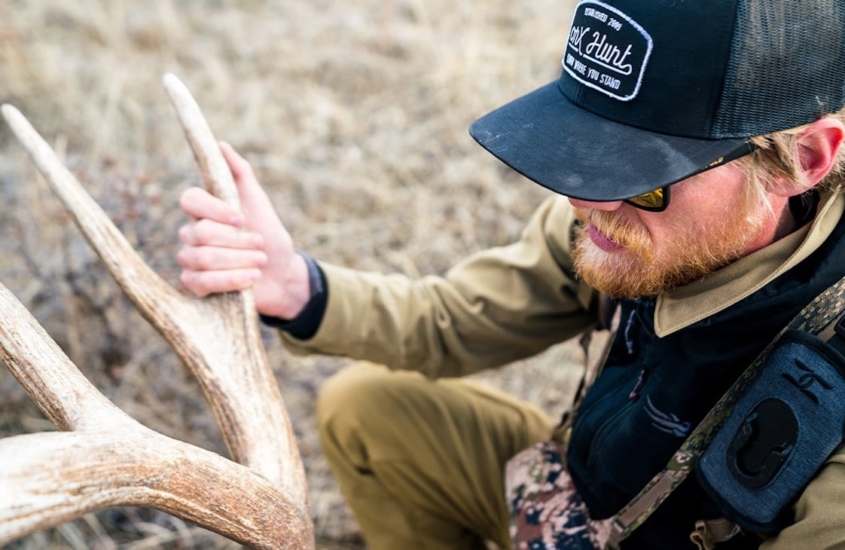Have you ever wondered how you would fare if left to survive in the wilderness? For some, this idea might be chilling, while for others, it sparks a sense of adventure. Regardless of where you stand, one thing is clear: knowing how to build a shelter is a fundamental survival skill that could very well mean the difference between life and death. Drawing on the wisdom of renowned survival expert Tom Brown III, this guide offers a step-by-step walkthrough on constructing a shelter that could save your life. Let’s get right into it!
Understanding the Basics of Outdoor Survival
The initial 72 hours in an unexpected wilderness situation are absolutely crucial. It’s during this time that your immediate actions can truly make or break your chances of survival. Here, understanding basic principles like being aware of your surroundings and conserving energy lays down a solid foundation. By delving into resources that expand your survival know-how – such as learning to identify edible plants or mastering stealthy movement – you equip yourself with the necessary skills to tackle the wilderness confidently.
Identifying Natural Shelter Opportunities
Being able to quickly pinpoint potential shelters in nature is a game-changer. It might be a well-placed tree with a cozy nook or an arrangement of rocks that naturally shields you from the wind. The trick is to keep your eyes open and use what nature already provides. This approach not only saves precious energy but also offers immediate protection from the elements, allowing you to focus on your next survival steps.
Building Your Shelter: The Foundation
When selecting the perfect spot for your shelter, it’s essential to consider both common sense and strategic thinking. Start by seeking out a location that catches the morning sun, particularly in colder regions, as this helps to retain natural warmth effectively. Safety is key, so ensure your chosen base, like a downed log, is secure and won’t move unexpectedly. Moreover, insulating your sleeping area from the cold ground is crucial; you can achieve this by layering materials like fur, boughs, and fern leaves, resulting in a surprisingly comfortable bed.
Constructing the Shelter: Roofing and Insulation
A solid roof over your head does more than keep the rain off; it’s essential for retaining warmth and creating a sense of safety. By gathering materials like branches, leaves, or even bark, you can put together a roof that effectively sheds water and shields you from the cold. It’s all about layering these materials correctly to ensure they overlap and direct water away from your shelter, keeping you dry and cozy inside.
Coexisting with Nature
Remember, sharing the wilderness with wildlife (including bugs) is an integral part of survival, so respecting these animals and understanding their behavior is essential. One key thing to know here is that materials like fur boughs not only provide insulation but also naturally repel insects, thanks to the sap’s scent. Either way, experiencing wildlife up close, from a non-threatening snake seeking warmth to curious squirrels, reminds us of the importance of peaceful coexistence and respect for all living beings.
The Importance of Adaptability
Ultimately, adaptability in a survival situation is about making the most of your surroundings. Whether it’s utilizing tall grasses or collecting bark from fallen trees, the ability to improvise with available materials is vital. Additionally, having versatile tools like survival blankets on hand can provide added insulation, double as emergency signals, or even collect rainwater. By embracing adaptability and resourcefulness, you can greatly increase your odds of survival, underscoring the crucial role of a flexible mindset when confronting adversity.
Watch it Here
As we conclude, remember that building a shelter in the wilderness hinges on awareness, knowledge, and respect for nature. With Tom Brown III’s guidance, survival in the wild becomes within reach for all. But why stop here? Expand your skills and deepen your understanding by joining Tom’s comprehensive Masterclass. Enroll today and learn how to master the art of survival in the wild!













